With a powerful combination of minerals, the sea moss and bladderwrack benefits you can expect to encounter can include:
- Fat reduction (through fucoxanthin)
- Improved eye health (through zeaxanthin)
- Healthier skin
- Improved digestion
- Higher energy levels
- Reduced illness
- Reduced recovery times (post-workout)
But what is sea moss? Sea moss is a seaweed known by a few different names. Most believe it to be Chondrus Crispus.
However, they associate this botanical name with what looks like either Eucheuma Cottonii or Gracilaria based on what they are buying and others are blogging about. There’s a distinct difference between these, as you can tell from the images below:
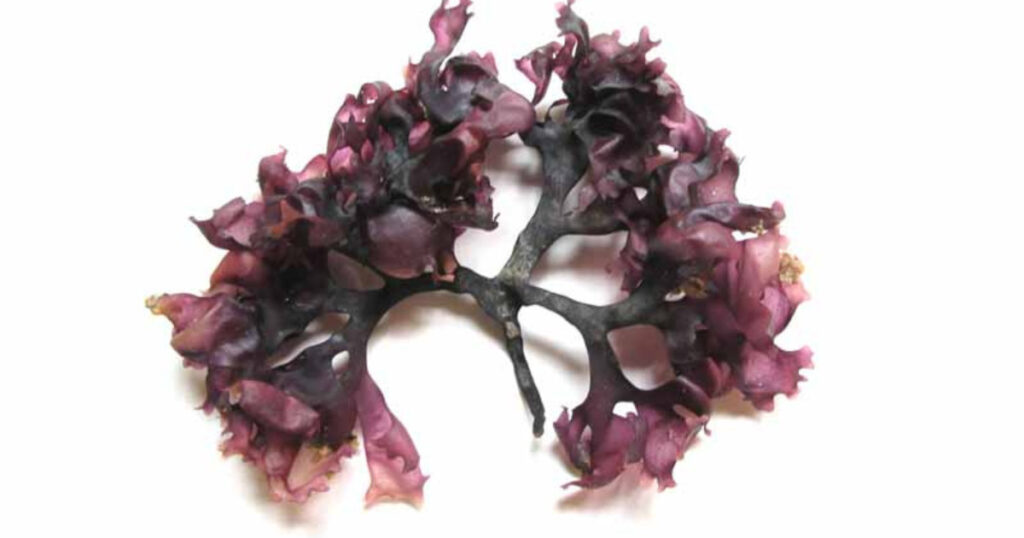
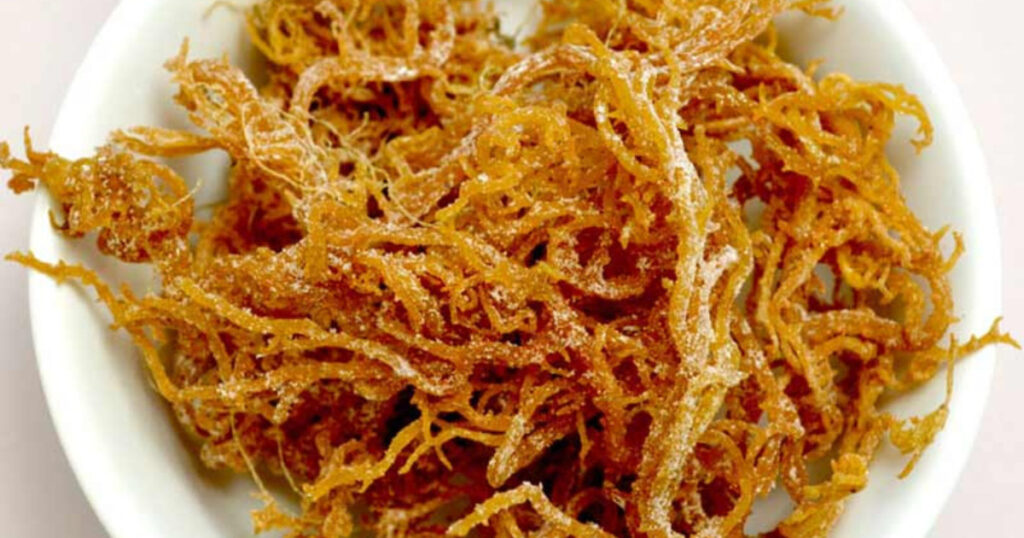
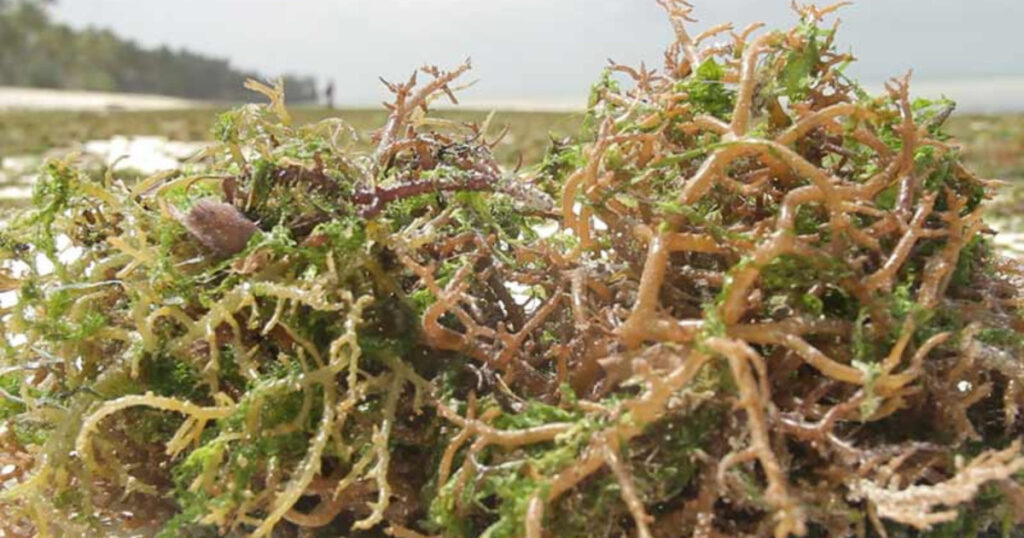
Since Nipsey Hussle brought the topic of Dr. Sebi’s 1987 court case back into the light of the current day more people have been asking about Sea Moss.

We have found that our work in researching this whole food has attracted a new breed of followers. With this increase in attention, it has made our work easier in catering to the needs of those wanting to know what sea moss really is.
Sea moss contains nothing short of an abundance of minerals. It is popularly believed to contain as many as 92 of 102 minerals which our bodies are composed of. You have to admit, that is quite impressive.
Some would argue that there is no other plant that is able to measure up to sea moss and the nutritional value it brings.
Being harvested directly from the ocean, sea moss can vary from one part of the world to the next. It can even vary from one crop to the next based on naturally occurring factors in the same location as the last crop.
I’ve seen the same type of seaweed grow in red, green, olive green, and purple, even in the same farm!
When you’ve got a good quality sea moss there’s nothing quite like eating it fresh from the water. In this state, it is at its best, but that’s not possible for everyone. So careful consideration is given to how it is processed to prolong the shelf life, and get it to you in the best condition possible.
Normally you’ll get your sea moss in a dried or semi-dried state. A moisture content of approximately 25% to 35% is the market average. But don’t let the size of the bag fool you. When sea moss is dried to the extent that it contains as little as 10% moisture it can look very different.
Once re-hydrated, this can expand as much as 20 times in mass with the water it absorbs. Through this process you’ll be able to turn what was a small tough and chewy piece of sea moss into a supple gel.
It is important to note that you may pay more per kilogram for a lower moisture content, but your getting what is often a better grade product.
We have different types of sea moss in our store with variations in moisture content because people expect different things. And that’s ok.
Where does your Sea Moss and Bladderwrack come from?
If you are a returning visitor you will know that we are not supporters of wildcrafting. If you don’t know what wildcrafting is, and why we don’t agree with this approach, have a look at What To Know Before You Buy Sea Moss.In Thailand there have been efforts to improve the health of the oceans through building artificial reefs. Attracting support from Scientists, Researchers, National Defense Forces, Foreigners and local Divers this was reported to be a success. 1
The construction of the reef is expected to develop into a habitat for marine life. This will also help to clean up the water from high acidity, pollution, and return more oxygen to the ecosystem.
Considering the source of the products you buy for many is just as important as what the products will do for you. We are working on building an interactive map that shows you where the farms are that we source our sea moss from on a batch by batch basis.
Not every batch from the farms we use is able to be brought to the market, so we only select the ones that are right.
Differences in Types of Sea Moss
Depending upon the species that is being sold as ‘sea moss’ there can be some variances in the properties. This becomes apparent once blended into a gel.
Sea Moss typically has a mucilaginous structure, which is what helps to give it the jelly-like characteristics when it sets. This is subject to how much water you add during the blending process.
Species such as Gracilaria and Kappaphycus Alvarezzi contain approximately 40% to 55% raw carrageenan. Protein can be as high as 10% and the density of minerals can make up as much as 15% of the mass depending in the species.
There are many health benefits that come with sea moss, which we have covered here: Add links to 2 or 3 article titles As these state, sea moss is high in:
- Vitamin A
- B Group vitamins
- Vitamin C
- Vitamin D, and
- Essential minerals
As a natural pairing, the sea moss and bladderwrack benefits work hand in hand. Some have stated that bladderwrack brings the missing 10 minerals from the 92 that are in sea moss. If this is proven to be the case, that would bring the count up to the full 102 minerals found in the human body.
What is Bladderwrack?
If you have never heard of bladderwrack before you’re in for a treat! This seaweed is a great source of vitamins and minerals that complements sea moss. With a history that dated back to the early 1800’s, bladderwrack (Fucus Vesiculosus) is credited with being the original source of iodine.
Growing to nearly one meter in length, the fronds are typically up to 3cm wide with air bubbles or pods (known as air bladders) on then.
These are believed to be a mechanism the plant developed to help with improving buoyancy and enhancing natural growth. These develop as the plant gets older and needs the support in floating.
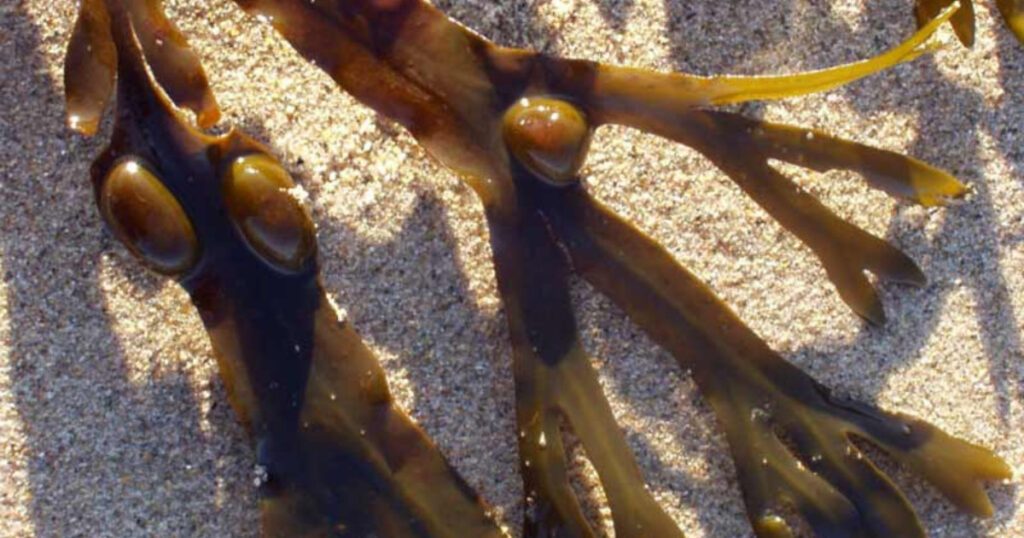
As much as bladderwrack may not be known as a supporting element to as many other marine organisms as sea moss, it is key to local colony habitats from a shelter perspective. Bladderwrack is typically found in areas where the sea bed is rocky, where it can take root.
The interesting thing for us is that it has also successfully been trained to grow on artificial reefs, or substrates. This is great news because it means that it can be cultivated in ways that further add to the health of the oceans.
The process that bladderwrack goes though to ‘seed’ is a very interesting one.
The plant has both male and female individual organisms. This may sound like the plant can ‘self pollinate’ but that’s not the case. During the process of releasing gametes (pods) the fusing, or fertilizing is done in typically calmer waters.
Male and female pods from different plants fuse to create the seed of a new plant.
Under the right conditions it is possible to create an entirely new habitat which then can be harvested. To us, this approach is preferred over taking bladderwrack from an area where it has grown on its own.
To harvest that bladderwrack is to harm the environment. To encourage the growth of new crops in controlled areas is to increase the concentration of seaweed in the waters.
That means more food for marine life, more shelter for animals, and more oxygen in the water. Ultimately a healthier planet.
Being a great source of minerals, consuming bladderwrack helps to replenish mineral supplies burnt in the body as a part of normal daily activity. The nutritional value that bladderwrack offers is that it is a reliable source of:
- Calcium
- B Group vitamins
- Iodine
- Potassium
- Sodium
- Magnesium
- Iron, and
- Sillicon to name a few
Much like sea moss, bladderwrack is a very effective anti-inflammatory. And like sea moss, care should be taken of you are on a prescription of anticoagulant medication.
Both of these seaweeds, bladderwrack and sea moss, can help thin the blood and reduce blood pressure. If you are on blood thinning medication, or anticoagulants, you need to take care here.
Make sure you speak with your Doctor or Dietitian before you seek to take advantage of the sea moss and bladderwrack benefits.
Zeaxanthin; A Beneficial Trace Mineral
Bladderwrack also contains a trace mineral known as zeaxanthin. Zeaxanthin has been linked to healthy functioning eyes. It is one of the two primary caretenoids found in the retina.
Working with zeaxanthin binding proteins it is understood that the circulating zeaxanthin is taken up within the macula.

This has been attributed, with some conjecture, to the reduction of age-related macular degeneration. Zeaxanthin is also the pigment that gives turmeric its color, and is used as a food dye under the code E161. It is also notably present in saffron and corn. 2
With all of this, the combined sea moss and bladderwrack benefits are abundant. Have you combined the power of sea moss with bladderwrack? How do you prepare yours? Share your tips with us in the comments.
Reference
- “How can you help our ocean?” – National Ocean Service Staff, Last checked 7 March 2024 [National Ocean Service] [Archive] ↩︎
- “Age-Related Macular Degeneration (AMD)” – John Hopkins Medicine Staff, Last checked 7 March 2024 [Johns Hopkins Medicine] [Archive] ↩︎
Last Updated on 5 months by D&C Editorial Team
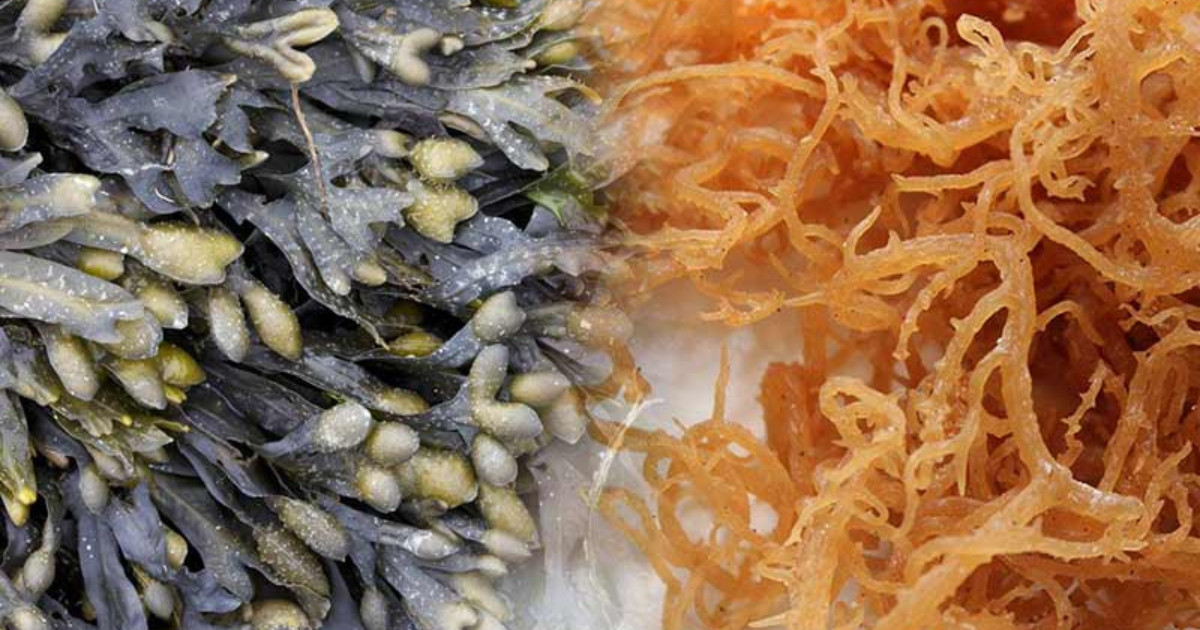
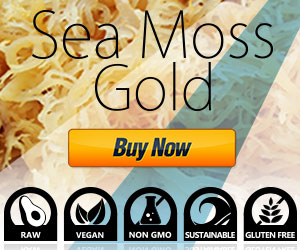

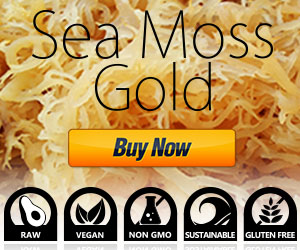



I recently started taking sea moss. I began to add bladderwrack a month after starting sea moss. I’ve done a few trials and I’ve determined that when I take bladderwrack I have terrible, almost unbearable knee pain. This goes against everything that I’ve read. What could be going on?
Hello Robin,
Thank you for your question. Please take into consideration with this response that this is not medical advice, I’m not a Doctor, and I cannot provide personalized instruction in this matter.
What I can suggest is that if you are experiencing discomfort or pain, that you should consider if it is right for you to stop taking the Bladderwrack in this case, until you’ve been able to clearly identify the cause of this issue. It may be worth asking the supplier you have sourced the Bladderwrack from for a copy of the nutritional data for this. This information should be on the package already.
If I were in your position, I would also be making a diary entry of what I have been eating and drinking, how much Bladderwrack I’ve consumed, and how soon after this the pain begins to appear, how the pain manifests, what types of movements cause the most or least discomfort, how long you feel the pain for, and the way in which the pain subsides.
With information like this, and the Bladderwrack package details for the product you’ve been taking, your Doctor or Dietitian should be able to give you some clarity. It may turn out that you are unable to make Bladderwrack a part of your routine as a result.
Given that this is looked to as a natural source of iodine as it’s main point of interest in the consumer space, it is important to note that there will be variations from one plant to the next, and from one harvest to the next, with regard to the levels of iodine, and any other minerals found in the Bladderwrack.
In Australia we are unable to import Bladderwrack due to the strict health, quarantine and biosecurity measures that are in place here. The opinion of the government in Australia is that this species of seaweed is not understood enough to be able to be regarded as fit for human consumption, so it is prohibited entry into the country as a result. At this stage we don’t sell Bladderwrack due to the local matters regarding compliance. However, we are closely monitoring the state of things, and keen to learn about new findings in this area.
Like many species of seaweed, there is still more research that is needed to better understand how it can be applied safely by people, either in their diet, or as a medical or topical application. Even though many species of seaweed have been relied upon for centuries by people around the world, there is definitely something behind the ways in which they are used.
For example, Hijiki is recommended to not be consumed in large quantities due to the high level of arsenic it can contain. Yet, it is a delicacy in Japan. I think that in some cases we are probably missing some ancestral wisdom in how these are applied within our lives. Once we have better understood these, and applied them, we could be much better off.
As the modern world begins to explore these marine vegetables more, and the depth of research improves, we will have a broader understanding of the Sea Moss and Bladderwrack benefits, and their side effects.
I hope that this helps you.
Matthew,
Thank you so much for your detailed explanation. I will take all into consideration. I took 3 days off, today I’m adding sea moss back into my diet. I will monitor then add bladderwrack after a week.
Btw, my shipment comes from St. Lucia.
Again, many thanks!
Glad you found value, Robin.
Take care!
Thank you for the rich information and curling right to the chase! I found this post to be full of content and easily digestible.
Thank you for sharing your kind words with us, Faith.
We’ve found that when we search for an answer to a question that we get frustrated with the number of websites that go on and on in the opening paragraphs before getting to the point.
We’ve tried to answer the question up front, and then go into more depth for those who want to read on, rather than forcing people to wade through a lot of content before they get to what they want.
If you have any feedback on what you think we could do better for you as one of our Readers to make your experience on our site even better, we would be happy to hear from you.